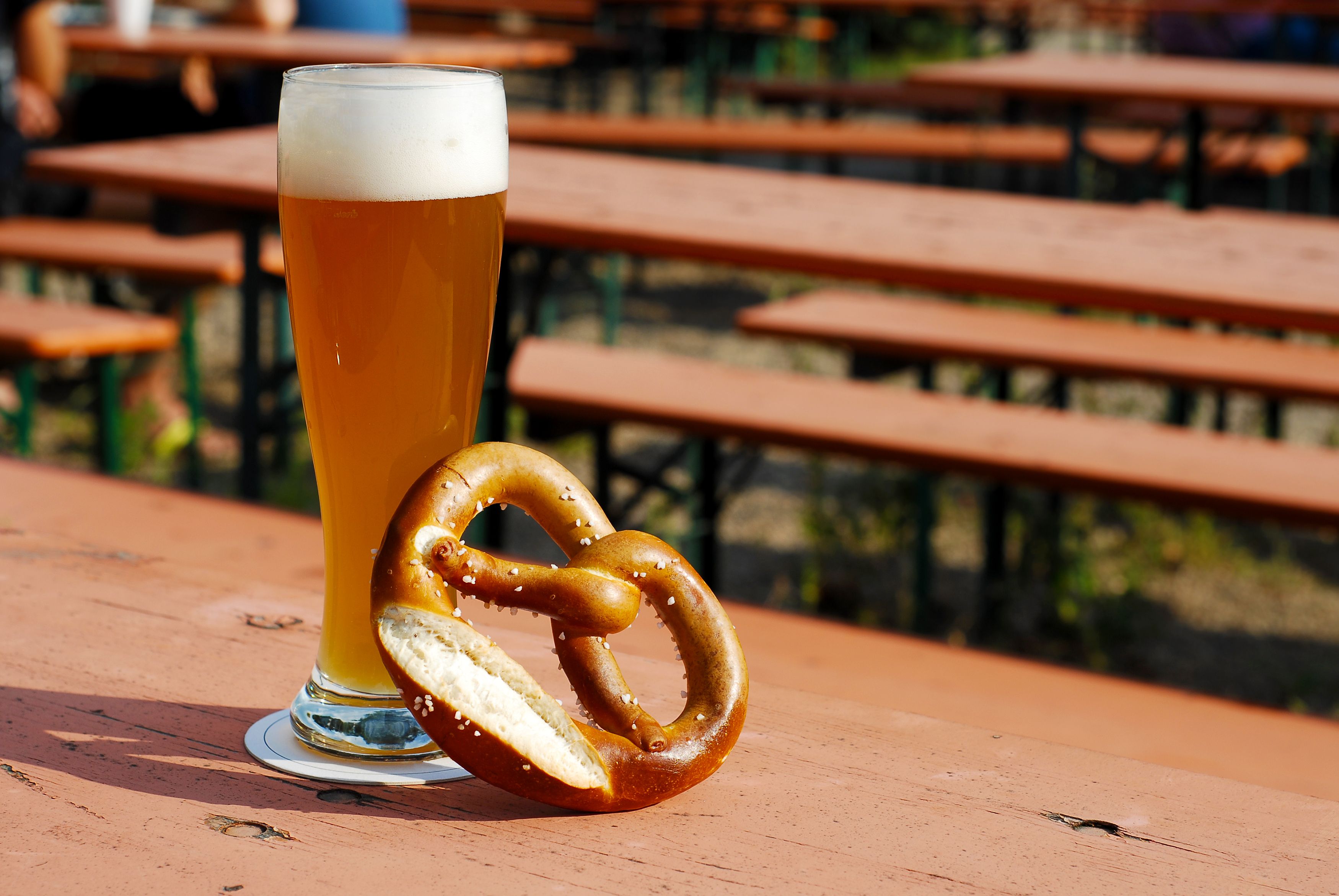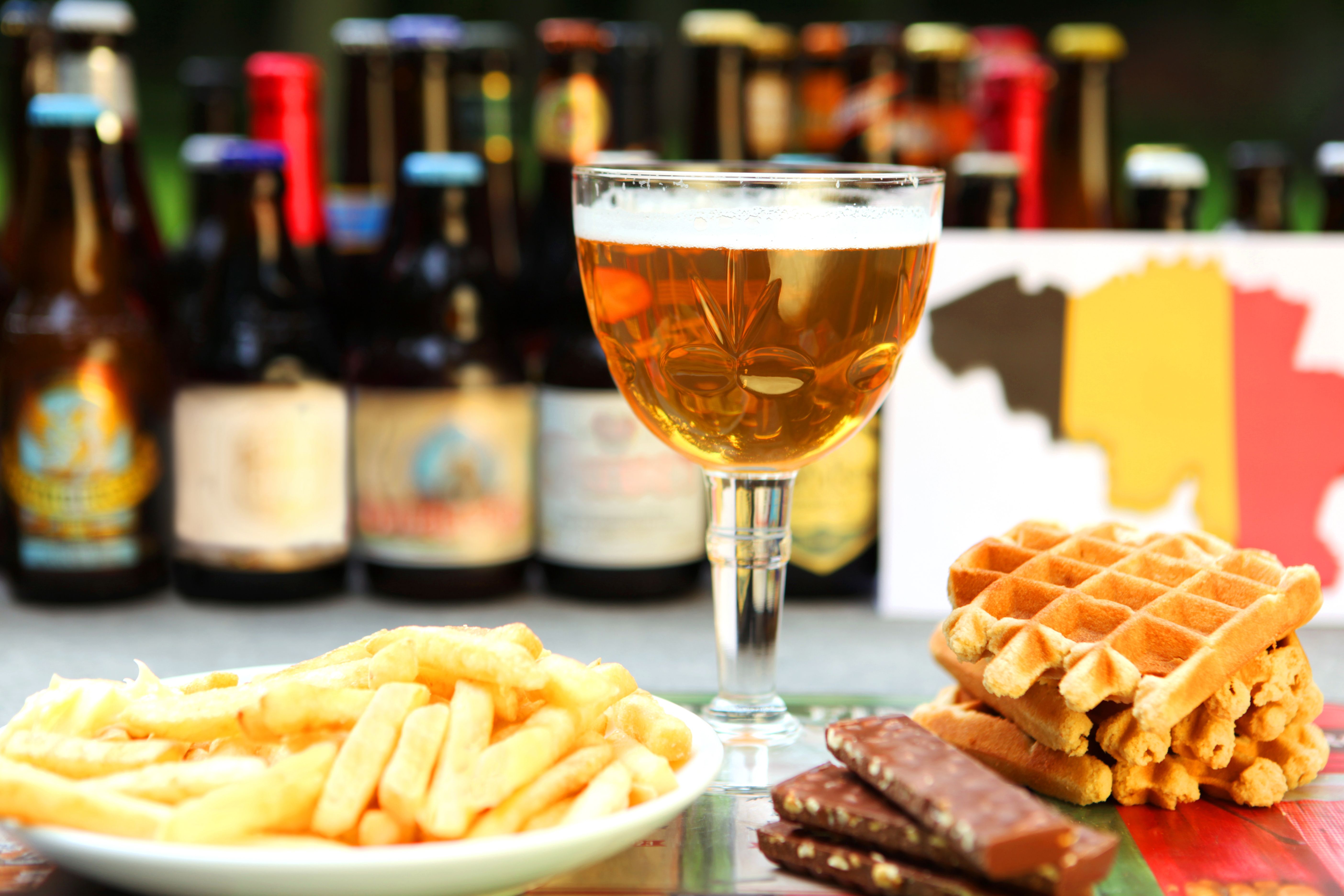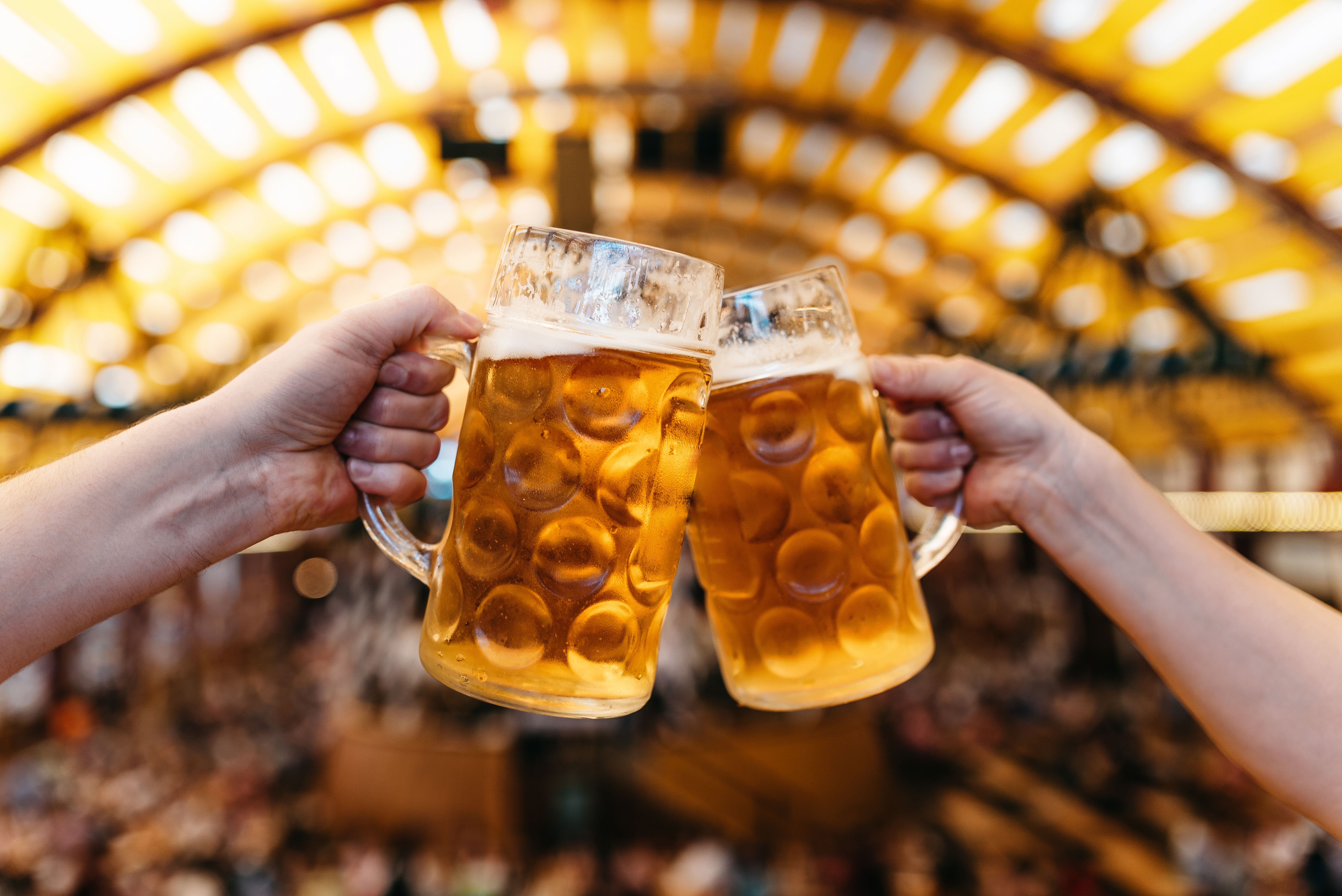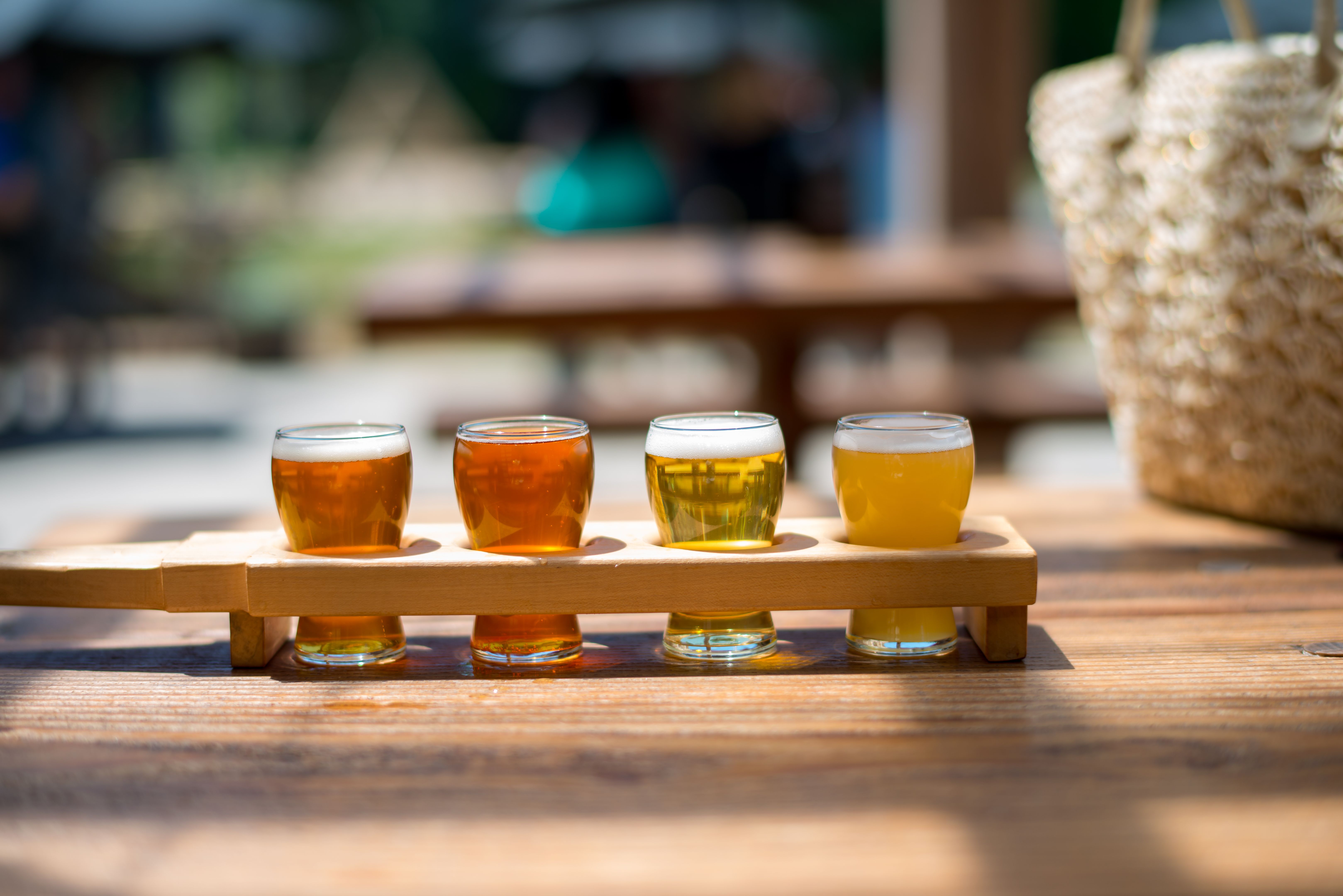Exploring Weißbier: The Bavarian Wheat Beer Experience
The Origins of Weißbier
Weißbier, often referred to as Bavarian wheat beer, is a staple in German beer culture, known for its distinctive cloudy appearance and refreshing taste. Its origins trace back to the south of Germany, particularly Bavaria, where it has been brewed for centuries. The unique combination of malted wheat and barley gives Weißbier its characteristic lightness and effervescence.
In the 16th century, Bavarian Dukes realized the potential of this wheat-based brew and began regulating its production. This led to the establishment of strict brewing standards that are still respected today. These historical roots are a testament to the significance of Weißbier in Bavarian heritage.
Understanding the Brewing Process
The brewing process of Weißbier is what sets it apart from other beer types. It prominently features wheat malt, usually around 50% or more of the grain bill, which contributes to its hazy appearance and slightly fruity flavor profile. The yeast used in Weißbier production is also crucial, as it generates the distinct flavors of banana and clove.
During fermentation, these yeasts work at warmer temperatures than those used for lagers, allowing the development of the beer's signature aromas. The fermentation process also results in a naturally high carbonation level, enhancing the beer’s refreshing qualities.

Types of Weißbier
There are several variations of Weißbier, each offering a unique twist on the traditional flavor profile. Some popular types include:
- Hefeweizen: The most common type, known for its cloudy appearance and full-bodied taste.
- Dunkelweizen: A darker version with rich malt flavors and a caramel finish.
- Kristallweizen: A filtered version, clear in appearance with a milder taste.
These variations allow beer enthusiasts to explore a range of flavors while still enjoying the foundational characteristics of Weißbier.

Pairing Weißbier with Food
One of the joys of Weißbier is its versatility in food pairings. Its light, effervescent nature makes it an excellent companion to various dishes. Traditional pairings include Bavarian pretzels and sausages, which complement the beer’s subtle sweetness and spice.
For those looking for something different, Weißbier pairs wonderfully with salads dressed in citrus or vinaigrette, seafood dishes like grilled shrimp or mussels, and even spicy Asian cuisine. The beer's carbonation and fruity notes can highlight and balance these flavors beautifully.

Experiencing Weißbier in Bavaria
A visit to Bavaria offers a firsthand experience of Weißbier culture. The region's numerous beer gardens and traditional breweries provide an authentic taste of this beloved beverage. Visitors can enjoy fresh pours directly from wooden barrels while soaking in the local atmosphere.
The annual Oktoberfest in Munich is another excellent opportunity to immerse yourself in Bavarian beer culture. Here, Weißbier flows freely alongside other traditional beers, accompanied by music, dancing, and hearty Bavarian cuisine.

The Global Appeal of Weißbier
While deeply rooted in Bavarian tradition, Weißbier has gained popularity worldwide. Its refreshing taste appeals to a broad audience, making it a favorite choice for summer gatherings and casual drinking occasions. Many craft breweries outside Germany have embraced Weißbier, adding their interpretations to this classic style.
Whether you're a seasoned beer enthusiast or new to the world of wheat beers, exploring Weißbier offers a delightful journey through history, flavor, and culture. Its versatility and unique taste make it a must-try for anyone looking to expand their beer palate.

